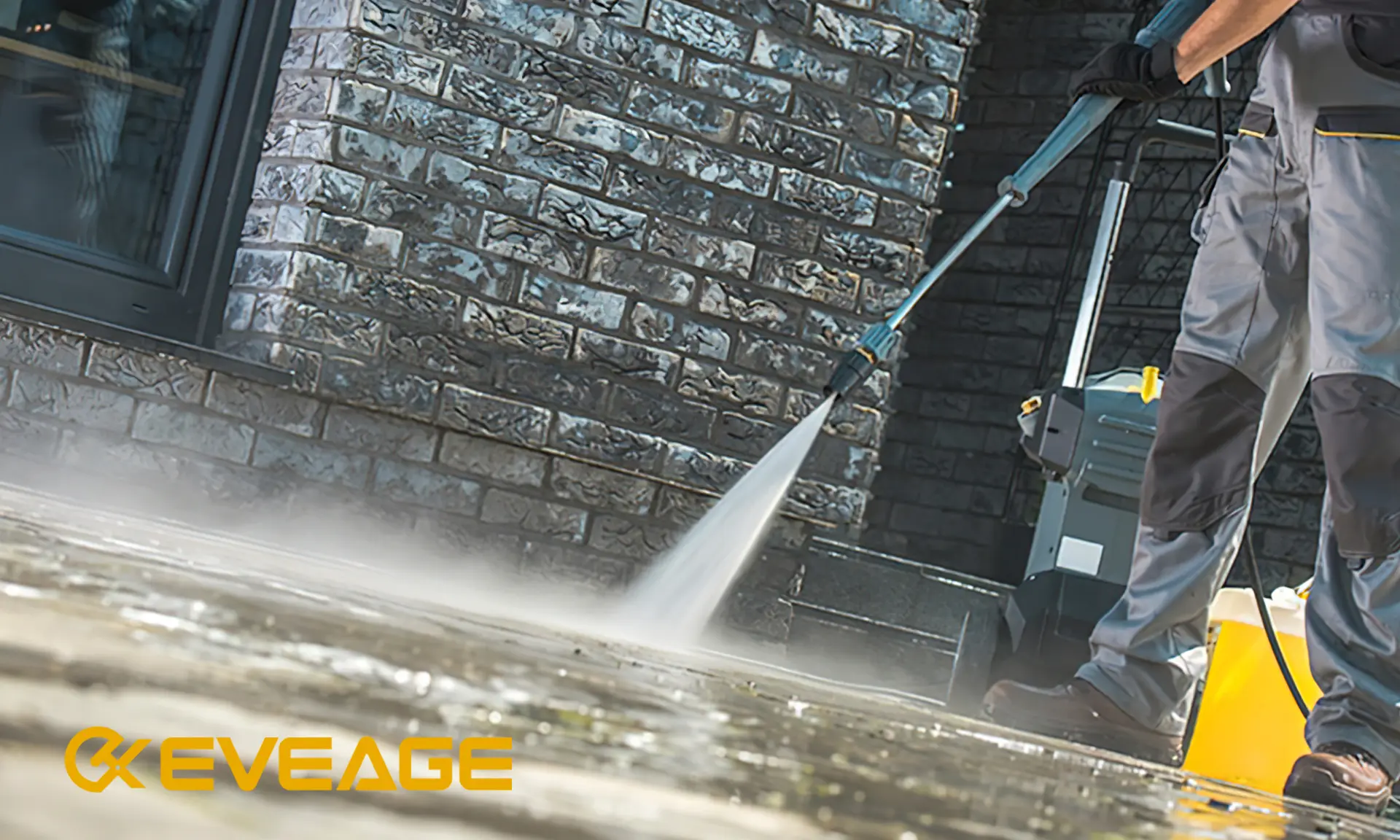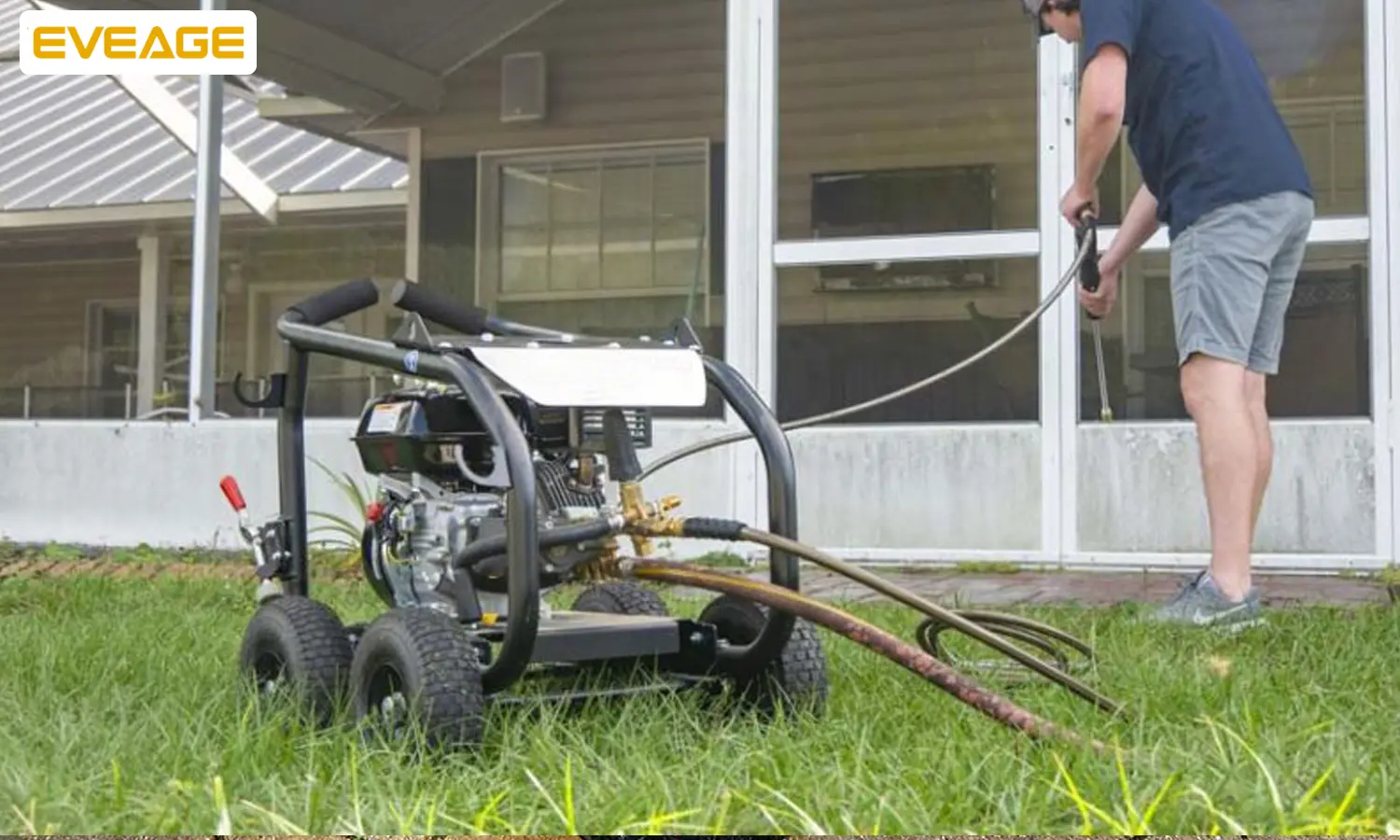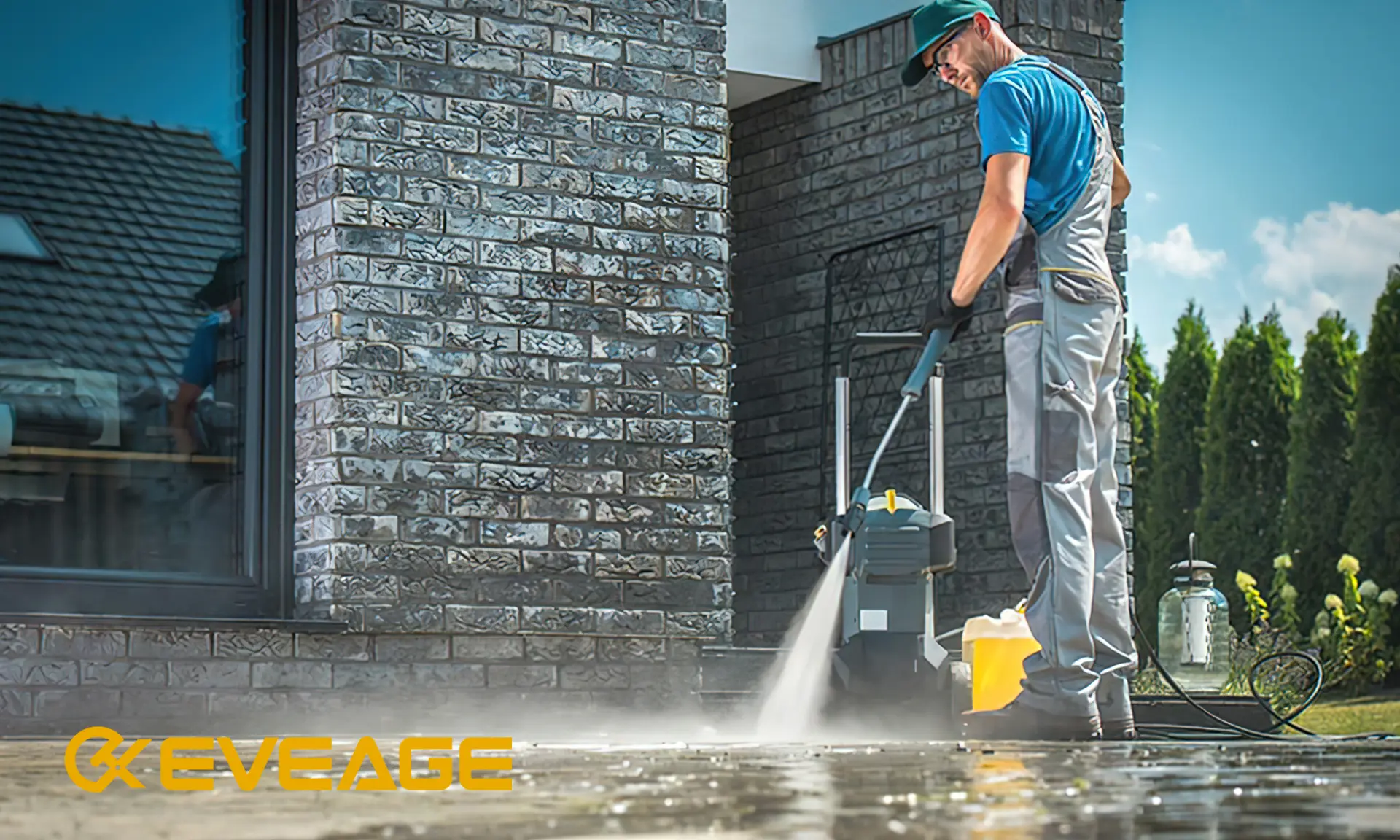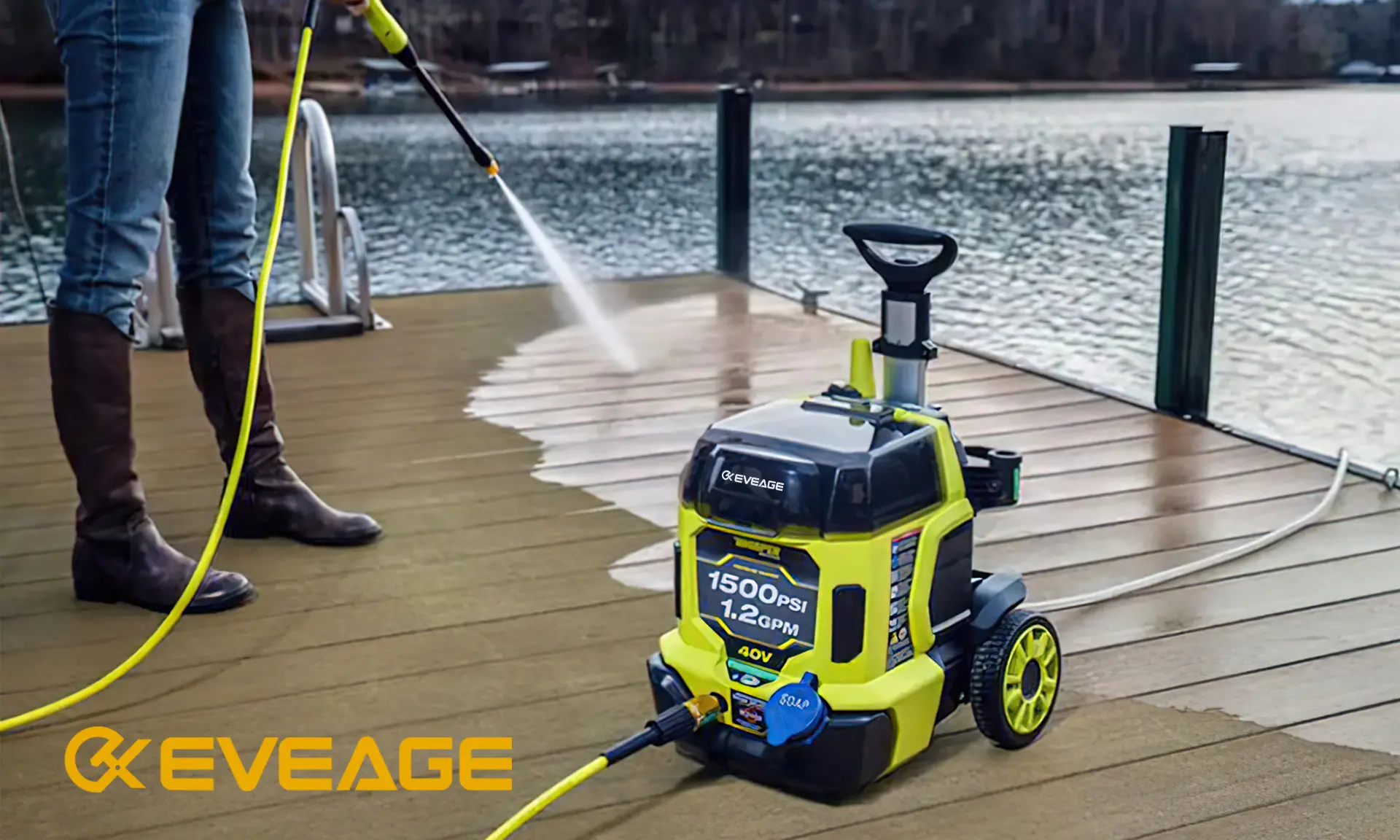Introduction
Concrete is a mixture of cement, aggregates, water, and sometimes chemical admixtures. This mixture forms a durable crystalline structure when it’s exposed to the elements. When you expose your concrete to high pressure water jets from a pressure washer, you can damage this crystalline structure and cause stains on your surface. The PSI rating of your pressure washer determines how much damage will occur if you use it on freshly-laid concrete.
Here’s the answer to that common question.
The short answer is that concrete is waterproof, even though it isn’t always easy to recognize. There are two ways concrete can be waterproof:
-
The first way is by applying a coating on top of the concrete and then applying a sealant once the coating has dried. This will help keep moisture from penetrating through cracks or fissures in your driveway or sidewalk.
-
The second method involves using an additive that’s mixed into the cement before it sets during construction. This will act as an additional layer of protection against water damage, as well as protect against stains and other issues caused by exposure to dirt and soil particles over time.
The PSI rating on your pressure washer refers to pounds per square inch (PSI), which measures how much force there is behind each stream of water that comes out of your machine’s hose while you’re cleaning away dirt from surfaces like sidewalks or driveways; however, if you don’t have enough pressure coming out from these hoses then they won’t be able to effectively clean away dirt without damaging whatever surface you’re trying clean!
Concrete is waterproof in two ways.
The PSI rating is an important factor in determining whether or not concrete will be damaged by a pressure washer. To keep your concrete looking new and not lose the top layer, don’t use pressure washers above 3,000 PSI.
The first way that concrete becomes waterproof is by having a binder that prevents water from seeping through it. However, if you have too much portland cement in your mixture (which is what makes concrete harden), then this can cause cracks to form on your finished product after repeated washing or cleaning efforts with high-pressure water sprays that are too strong for its own good.
The second way that concrete becomes waterproof is through absorption into its pores; this works best with thicker layers of material compared to thinner ones because they have more room inside them where liquid can gather without being able to escape as easily as it would otherwise if there wasn’t enough space between molecules within each particle before getting trapped there instead!
One, it’s a mixture of cement, aggregates, water, and sometimes chemical admixtures.
The first step in making concrete is to mix cement, water, and aggregates. The concrete mixture is then poured into a mold and allowed to harden over time.
Concrete is a mixture of cement, aggregates (rocks), sand or gravel, water and chemical admixtures that help it set hard and resist damage from the environment. Concrete can be made using either an aggregate or portland cement base; the latter being more common due to its ability to set stronger under wet conditions.
Two, the curing process creates a durable crystalline structure that is waterproof.
Two, the curing process creates a durable crystalline structure that is waterproof.
The curing process is the process of hardening concrete, which involves mixing cement with water and aggregate (sand, gravel and stone). Cement is made from lime and clay reacted with other materials such as fly ash. Additives are often included in the mix to improve strength – some of these may be harmful if you eat them!
This mixture has to be poured into molds before it dries out completely, so that it takes on its final shape after it has hardened completely. If you have ever had your hands covered in wet cement while helping someone build a patio or something similar then you will know how hard this stuff can get when fully cured!
The PSI rating is an important factor in determining whether or not concrete will be damaged by a pressure washer.
The PSI rating is an important factor in determining whether or not concrete will be damaged by a pressure washer.
The pressure washer combines water and air to create a powerful stream of liquid that can remove dirt, grease, paint and other contaminants from surfaces. The PSI rating refers to how much force this stream has; the higher the PSI, the more powerful your pressure washer is.
To avoid harming your concrete surface with your pressure washer:
-
Always use caution when using any power tool—especially one as powerful as a pressure washer! Dress appropriately for the job so you don’t get hurt and wear eye protection at all times if possible. Also consider wearing earplugs if you are working around loud machinery like this (even if it isn’t necessarily dangerous). If using goggles isn’t an option for you because they fog up too much while working outdoors or near open flames such as those found at gas stations/convenience stores then try wearing safety glasses instead since they won’t obstruct vision quite so badly–just make sure there are no gaps between pieces before starting work on site since these can lead directly into eyes during use! You should also always keep hands away from moving parts because anything could happen unexpectedly when dealing with power tools such as these–even though they aren’t necessarily dangerous themselves–because even small injuries could lead into something worse later down road… like infections etc.”
To keep your concrete looking new and not lose the top layer, don’t use pressure washers above 3,000 PSI.
To keep your concrete looking new and not lose the top layer, don’t use pressure washers above 3,000 PSI.
A pressure washer has a PSI rating; the higher it is, the more powerful it will be. The average home owner should have a 1-4 HP machine that maxes out at about 1,500 PSI. If you are using a machine with too high of a PSI rating on concrete, you run the risk of damaging or even taking off some of your top layer of concrete. This effect can be seen when there are dried drips of water running down from your foundation after cleaning with a high-powered machine, because these drips were pulled up by the force of water against them but didn’t actually wash away dirt and grime underneath them!
If you want to make sure that doesn’t happen to your driveway or patio surface once you’ve cleaned it with one (or two) passes over each area with high-pressure sprayers set between 2200–3000 psi units pointing straight down towards where they’re needed most – then read further below for tips on how best choose when using these types power tools as well as suggestions for better results overall.”
The pressure you use to clean your concrete depends on the PSI rating of your pressure washer and the condition of your concrete.
Pressure washers use pressure to clean, but they can also damage concrete if used too often or with too much force. Pressure washers are measured in pounds per square inch (PSI). The higher the PSI rating of your pressure washer, the more likely it is you’ll damage your concrete.
The rate at which you need to use a pressure washer depends on several factors, including:
-
The condition of your concrete
-
What type of cleaner you’re using
-
How dirty your home’s exterior is
Conclusion
It’s important to understand how much pressure your concrete can handle before you start pressure washing. Using too much pressure can damage the surface and cause it to crack or peel away. When in doubt, err on the side of caution and use less pressure than recommended by your manufacturer.





